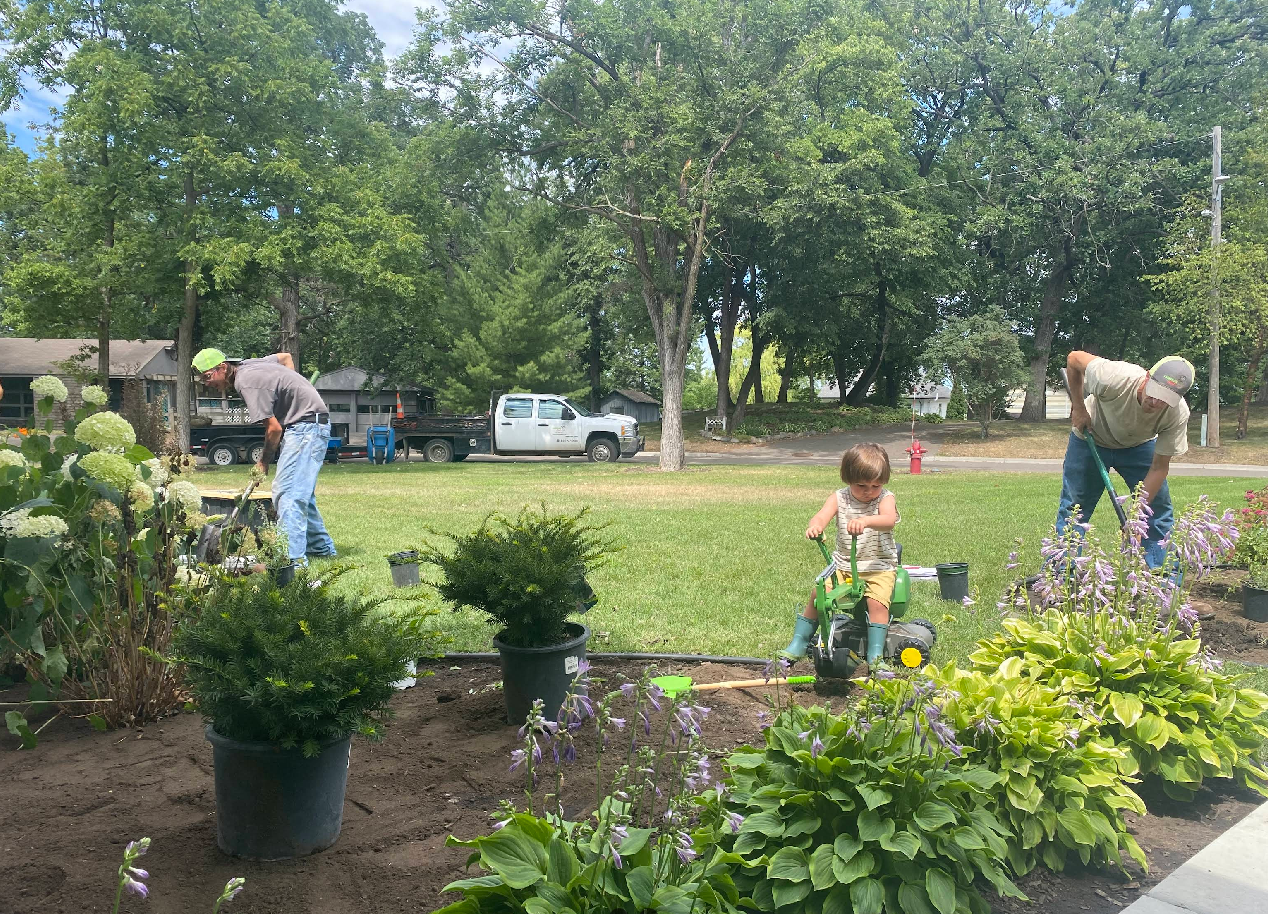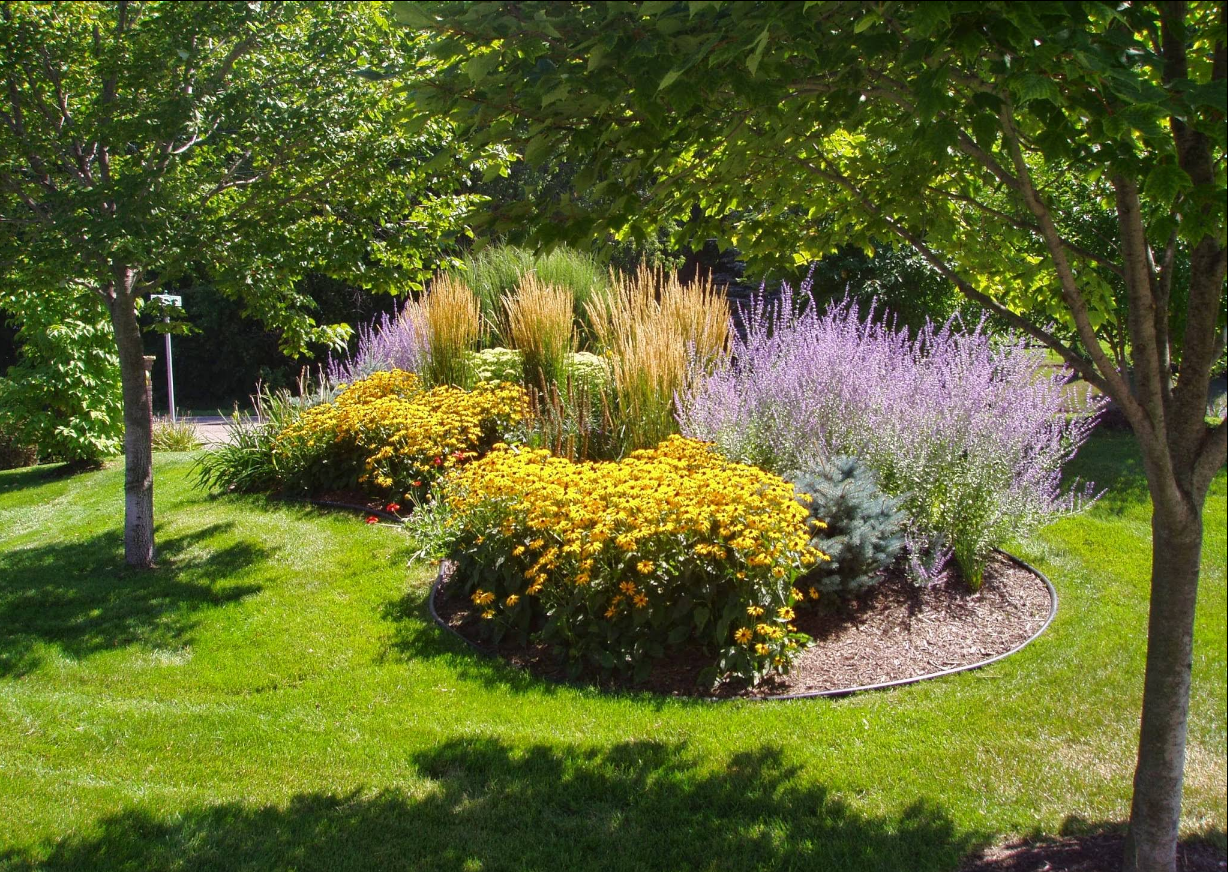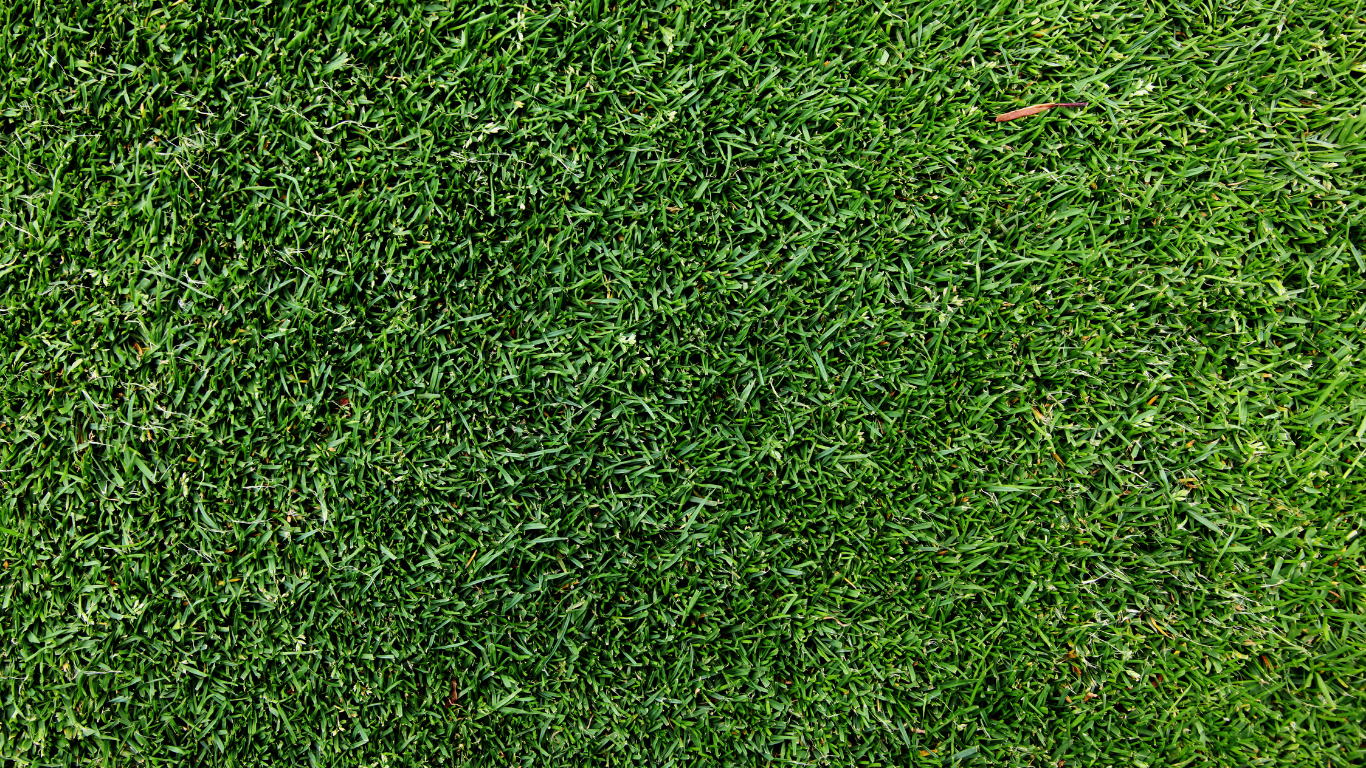Caring for Your Newly Seeded Lawn in Northfield MN
Establishing a Healthy, Lush Lawn from Seed
Seeding a new lawn is a cost-effective and environmentally friendly way to create green space on your property. But success doesn’t end at installation. To establish strong, healthy turf from seed, you need to follow a precise care routine during those critical early weeks and months.
At Landscape Gal, we’ve helped homeowners across Northfield and Rice County establish lawns that last — from sloped rural areas to shaded residential yards. The steps below will help you protect your investment and avoid common mistakes that lead to thin or patchy grass.
What to Expect After Seeding
Grass seed doesn’t sprout overnight. The process requires time, consistent care, and the right environmental conditions. Knowing what to expect can help prevent panic or overwatering in the early stages.
Germination Time
- Most cool-season grasses germinate in 7 to 21 days depending on soil temperature and seed type
- Full establishment takes 6 to 12 weeks, sometimes longer depending on time of year
- Visual gaps in the early weeks are normal — coverage thickens over time with proper care
Soil Appearance
- Soil will stay dark if properly moist — light soil means you need to water
- Crusting or cracking indicates under-watering
- Standing water or mushiness indicates over-watering or poor drainage
Watering Guidelines for New Seed
Watering is the most important factor in whether your seed succeeds or fails. Seedlings need consistent moisture to germinate and root — but not so much that they rot or wash away.
Days 1–14: Keep It Light and Frequent
- Water
lightly 2–3 times per day, just enough to keep the soil surface damp
- Early morning, midday, and late afternoon watering is best
- Avoid puddles or runoff — too much water will shift seed or cause mold
Days 15–28: Begin Deepening Intervals
- Water once daily or every other day, but for a
longer duration
- Let the top half inch of soil dry between waterings to encourage deeper root growth
- Avoid heavy activity on lawn during this period — roots are fragile
Weeks 4–8: Transition to Normal Watering
- Water every 2–3 days unless rainfall is consistent
- Lawns need about
1 inch of water per week, including rain
- Water early in the day to avoid evaporation and fungal issues
Mowing and Foot Traffic
When to Mow
- Mow when the grass reaches
3.5 to 4 inches tall
- Make sure soil is dry and firm enough to walk or push a mower across
- Use sharp blades and remove no more than
1/3 of the grass height
- Avoid mowing when grass is wet or during hot midday hours
Foot Traffic Caution
- Keep people and pets off the seeded area for the first
4–6 weeks
- Use visual markers or temporary fencing if needed
- Wait to host gatherings or play on the new lawn until it's fully rooted (around 8–10 weeks)
Fertilizing a Newly Seeded Lawn
Your soil should have been amended or treated with a starter fertilizer before seeding — but follow-up fertilization is still important for long-term success.
First Feeding
- Apply a
balanced, slow-release fertilizer about 4–6 weeks after germination
- Use a broadcast spreader for even coverage
- Water in immediately after application to avoid burning
Ongoing Nutrient Support
- Plan to fertilize again in
early fall, which is prime growing time for cool-season grass
- Avoid fertilizing in peak summer heat unless absolutely necessary
Weed Control Considerations
New grass and weed control don’t mix well in the early stages. Be cautious with herbicides and timing.
What to Avoid
- Do
not apply weed killer until your lawn has been mowed
at least three times
- Avoid pre-emergents unless specifically labeled for use with new seed
- Hand-pull visible weeds during early growth instead of spraying
Long-Term Weed Strategy
- Healthy, thick grass is your best defense
- Fertilize, mow high, and overseed thin areas each fall to crowd out unwanted growth
- Spot treat with selective herbicides only once the lawn is mature
Troubleshooting Common Problems
Even with careful care, you might see patchiness or delayed growth. These tips can help diagnose the issue:
- Patches not germinating? Check for birds, washouts, or uneven seed distribution
- Mold or algae on soil? Reduce watering frequency and increase air flow
- Yellowing grass? May indicate overwatering or nitrogen deficiency
- Footprints stay visible?
Indicates soft soil and weak root establishment — avoid walking on it
If a problem persists, call Landscape Gal for an on-site evaluation.
Protect Your Lawn for the Long Term
Your new lawn is an investment — not just in appearance, but in function, erosion control, and home value. With the right start, seeded lawns can thrive just as beautifully as sod. The key is consistency, patience, and care.
At Landscape Gal, we help homeowners across Northfield MN and surrounding areas not only install new lawns, but understand how to care for them. These steps will ensure your lawn develops strong roots, healthy blades, and full coverage through every season.
Contact Landscape Gal
Need help troubleshooting? Looking to book a lawn or garden consultation?
Reach out to us directly:
3343 Union Lake Trl, Northfield, MN 55057
Monday–Friday, 7:30am – 5:30pm



